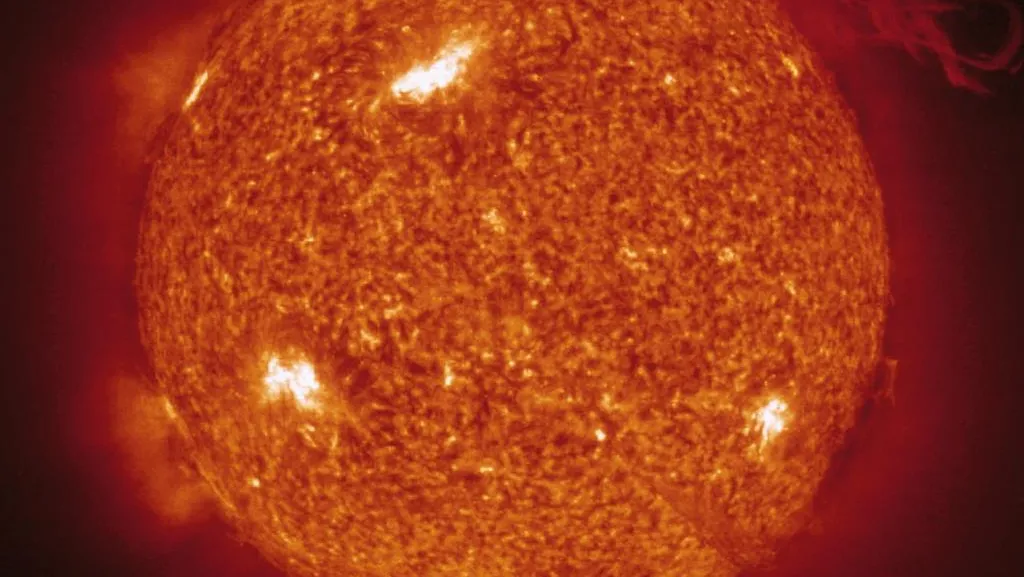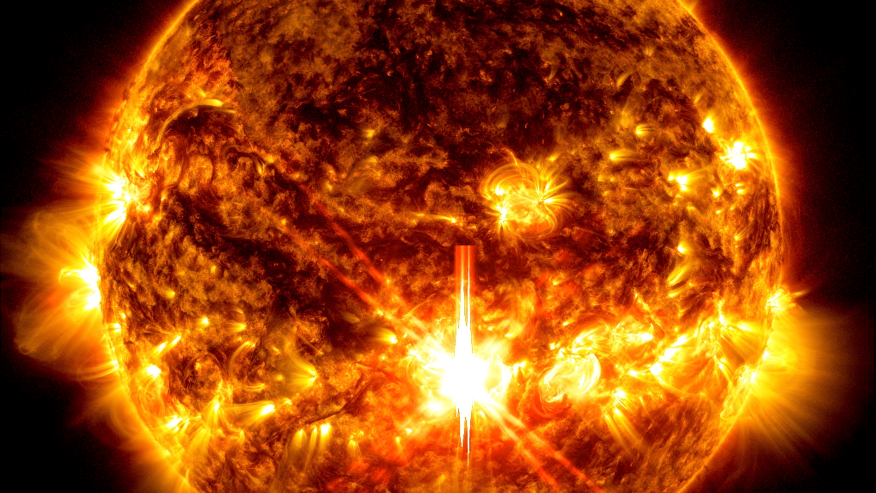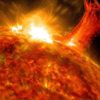A powerful solar storm is set to hit Earth, potentially adding strain to power grids already impacted by recent hurricanes. The National Oceanic and Atmospheric Administration (NOAA) has issued a severe geomagnetic storm watch for Thursday and Friday after detecting an outburst from the sun earlier this week.
This storm could temporarily disrupt power and radio signals, prompting NOAA to alert power plant operators, orbiting spacecraft, and the Federal Emergency Management Agency (FEMA), which is dealing with the aftermath of Hurricane Helene and preparing for Hurricane Milton as it nears Florida.
NOAA officials remain cautiously optimistic that this solar storm will not surpass the one that hit in May, the strongest in over 20 years. However, they won’t be able to gauge its true intensity until the storm is just 1 million miles from Earth. Rob Steenburgh from NOAA’s Space Weather Prediction Center reassured that Florida is likely safe from significant power disruptions unless the storm grows much larger.

The primary concern for NOAA is the power grid in areas already affected by Hurricane Helene. These regions, still in recovery mode, could be particularly vulnerable to additional strain from the incoming solar storm. NOAA space weather forecaster Shawn Dahl emphasized the importance of being prepared, as the storm could compound ongoing challenges in these hard-hit areas.
The storm could also create a natural light show, with the potential for auroras as far south as the lower Midwest and Northern California. Exact locations and times remain uncertain, but NOAA advises stargazers to have their smartphones ready, as they can capture auroras that are often missed by the human eye. The northern lights were visible across much of the Northern Hemisphere during the May storm, with no major disruptions reported.
The sun is nearing the peak of its 11-year activity cycle, which explains the recent uptick in solar storms. While May’s event passed without significant issues, the heightened solar activity continues to pose risks, especially in combination with severe weather conditions like hurricanes. Officials are urging caution as this latest solar storm approaches Earth.

